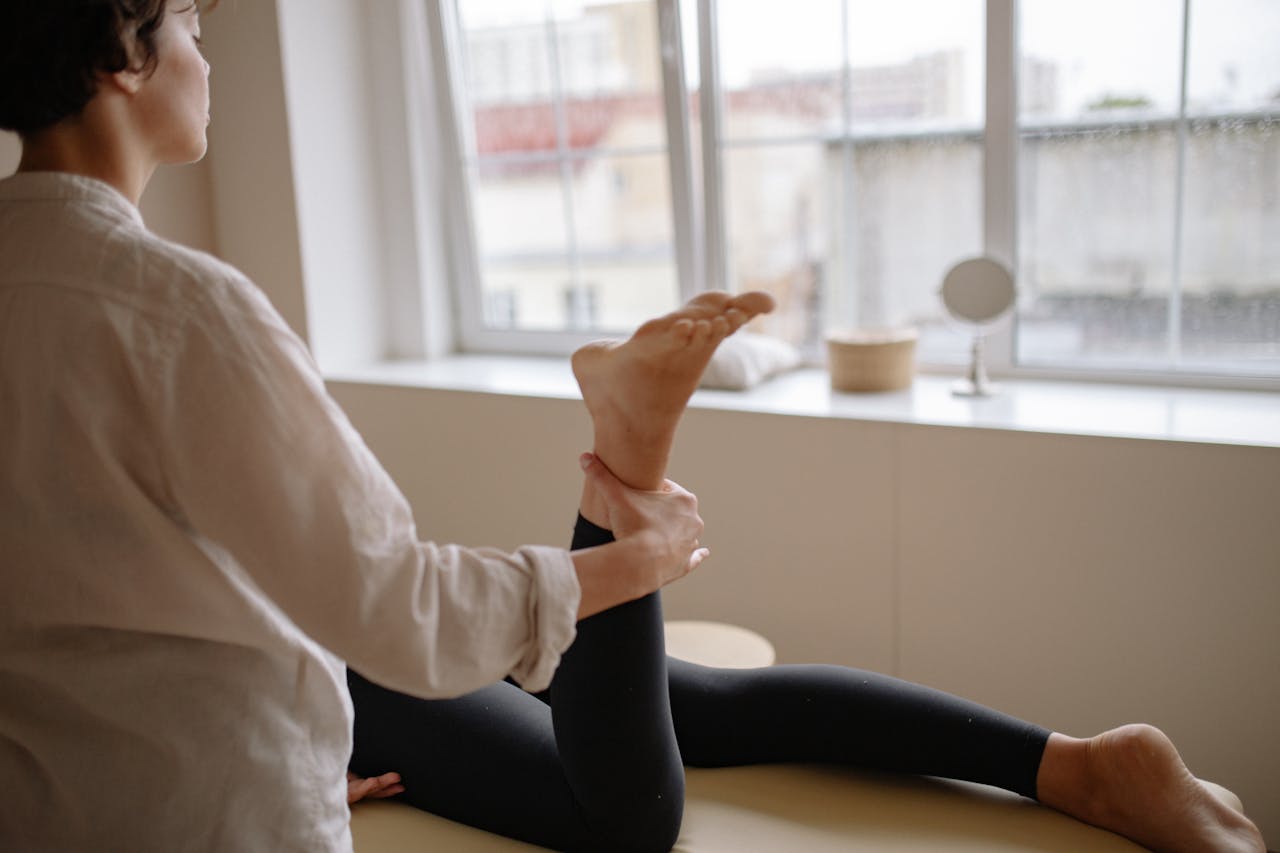We recently published an article about revenue loss due to patient drop-off, or the percentage of patients that do not complete their full course of care. However, even patients that do not self-discharge often miss scheduled appointments.

Thus, another key adherence metric is patient no-show rate, meaning the percentage of appointments that patients either don’t show up to or cancel at the last minute. Let’s explore this metric for the following hypothetical clinic:
- 20 physical therapists
- 11 daily appointments per physical therapist (average daily appointments per PT, according to WebPT’s survey of roughly 6,000 PTs)
- Payer mix and reimbursement rates:
- 60% commercial ($130/visit)
- 20% Medicare ($90/visit)
- 10% Medicaid ($80/visit)
- 10% Workers’ Comp ($100/visit)
- Average of 10 visits per episode of care
Physical therapists have grown accustomed to no-shows as a part of their day-to-day routine. However, like patient drop-off, no-shows have an immediate cost. We can approximate this cost using the following estimates:
- A recent study of over 400,000 PT patients in the US suggests that 15-31% of physical therapy appointments result in a no-show
- Not all no-shows directly cause a revenue loss because they can be backfilled. Let’s use the conservative estimate that 50% of no-shows result in lost revenue
Here’s what the resulting cost of various no-show rates might look like for our hypothetical clinic*:

How Computer Vision Can Help

Computer vision and AI platforms can provide more engaging physical therapy options that can drive stronger patient engagement and adherence. For example, computer vision and AI platforms can provide:
- Instantly available virtual visits that replace would-be no-shows without compromising on quality
- Quantitative progress measurements, through exercise performance scores, and ROM, demonstrating the treatment’s benefits to the patient.
- Clear visibility into progress to keep patients motivated and committed
- Clinician visibility into HEP activity and behavior-based notifications to drive patient accountability
- “Virtual physical therapy packages” for patients that are unable to attend some or all in-person sessions
For more information, check out our post “How AI is Transforming Physiotherapy”, or reach out to us at info@kemtai.com
*Our previous blog indicated that this clinic would lose about 19,000 appointments to drop-off, so these appointments were excluded from no-show calculations to ensure limited overlap between drop-off and no-show revenue loss.

 2 min reading
2 min reading


